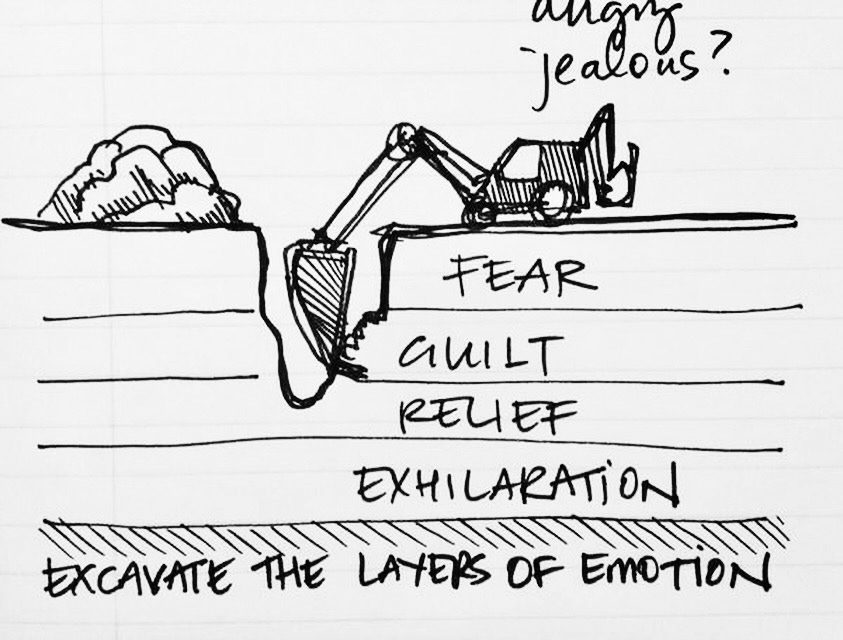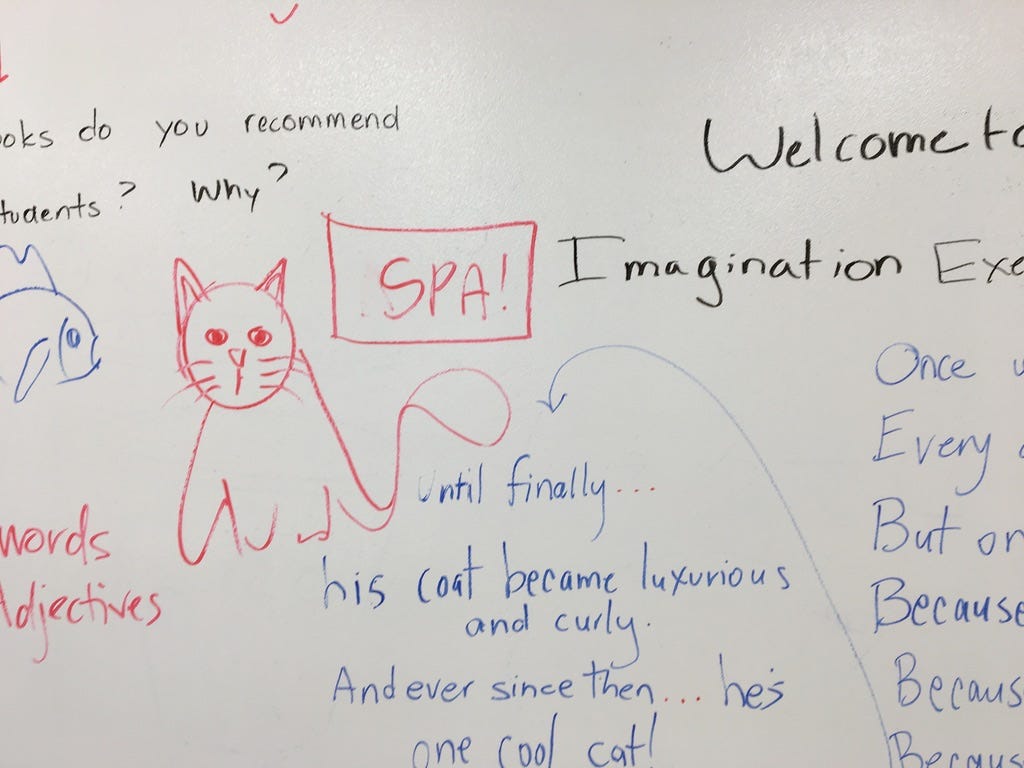I’ve always been a doodler. In high school, I color-coded my notes and drew little symbols and added fun arrows and circles and patterns all over the pages. I loved taking notes. It was so fun to organize the information on the page. I had an AP English teacher who made us write our book reports on giant notecards in a very specific format, and I absolutely LOVED decorating them with fun hand drawn details. Most of my friends (and even my teachers) thought I was just extra and didn’t see much value in my artistic embellishments, but according to science, I wasn’t just wasting time doodling—I was improving my learning by up to four hundred percent.
This installment of Mel’s Notebook is emailed to paid subscribers every Thursday at 9AM EST. If you would also like to receive it by email, become a paid subscriber and earn access to my full archives along with my undying gratitude!
The human brain loves visuals. Think about it. Humans have relied on pattern processing to survive for thousands of years. We learn how to recognize threats by encoding countless images from the world around us. Because of this, our prefrontal cortexes and regions involving the processing of images are highly evolved. Our brains can recognize a pattern in a split second and assess what it means.
It should be no surprise then, that our brains can process visuals 60,000 times faster than text. Our brains think better in pictures. Please note: I didn’t say that we require PRETTY pictures. We just like pictures. Any pictures. This is a nearly irrefutable argument for incorporating visuals into every aspect of our lives, and yet so much of what we do is rooted in text alone, or in spoken words. But people don’t recall what they hear nearly as well as they recall a single visual image. And that is why we all need to doodle more. Even if it’s ugly.
Keep reading with a 7-day free trial
Subscribe to Mel's Notebook to keep reading this post and get 7 days of free access to the full post archives.






